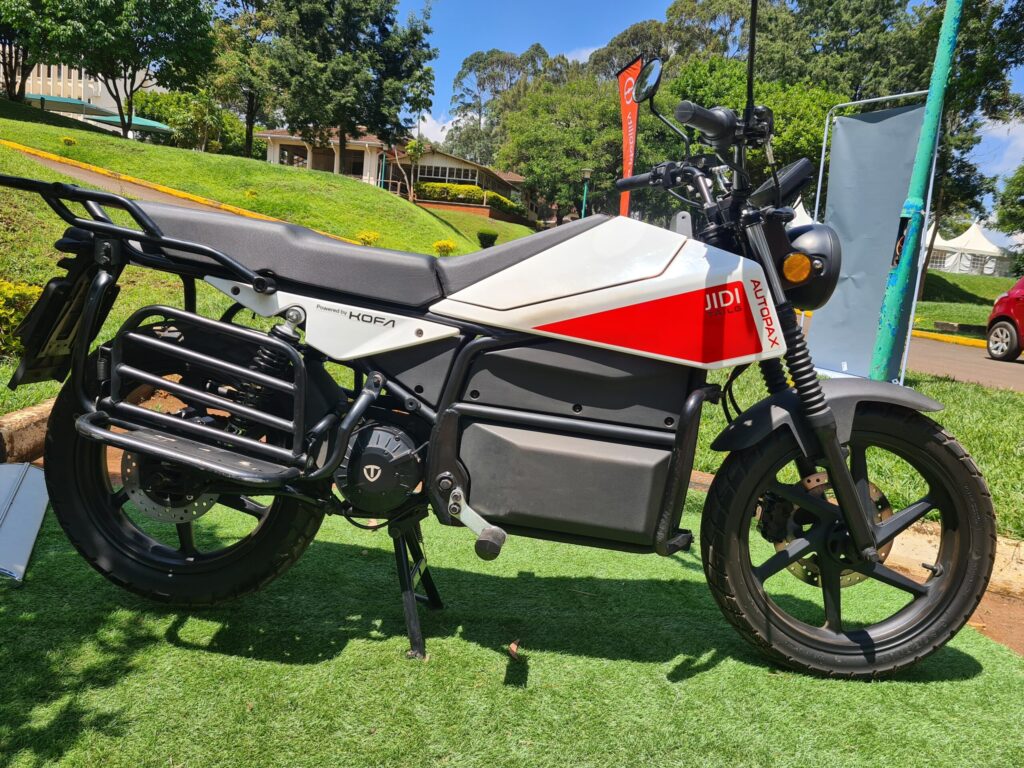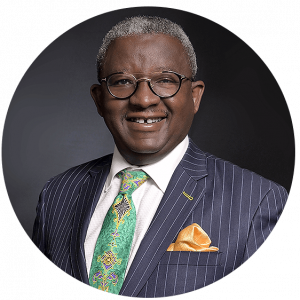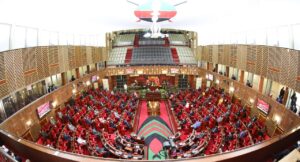As Chair of Honda in Kenya, I hosted Honda’s global leaders this week, Mr. Fujimura, Global CFO, and Mr. Kawaguchi, Global Head of Accounts. Honda has sold 20 million products worldwide and earned over KSh 1.2 trillion. I asked myself: what if Kenya unlocked even a fraction of that scale?
Today, we need to discuss data. After engaging Honda’s global team, I participated in the Automotive Multi-Stakeholder Forum convened by KAM CEO Tobias Alando, where for the first time, Treasury, KRA, NTSA, KEBS, Roads, Engineers, investors, and assemblers sat together. PS Abubakar Hassan Abubakar brought fresh energy. Hope is real, but action must follow.
According to KNBS, Kenya recorded 68,804 new motorcycles in 2024. For the first time, electric models made up 7.1 percent of that market, or 4,862 units, making Kenya a rare bright spot in two-wheeler electrification. Roam has expanded its Nairobi plant to produce up to 50,000 electric motorcycles each year, while Ampersand, Spiro, Autopax, and others are rapidly building battery-swap networks across counties, signaling the growth of a national e‑mobility ecosystem. Kenya Power has introduced a special e‑mobility tariff and plans for 45 public chargers in six counties. However, motorcycle users still make up about a third of Kenya’s road deaths.
From my Green Book, we understand this sector supports the nation. More than 1.2 million riders assist approximately 7.2 million Kenyans. In a market of 250,000 units, 20,000 new riders join each month, providing livelihoods for 120,000 people. Few sectors maintain such scale consistently.
Safety through clear regulations must be the foundation. Enforcing this during dealer license renewal and publishing a dealer whitelist would show that safety is mandatory. At the same time, Zero-Deaths Corridors, which include training, lighting, enforcement, and trauma care, would demonstrate that lives are valued as much as livelihoods. Without safety, scale is meaningless.
Finance is the next lever. A boda rider is not just a transporter but a breadwinner. Yet predatory loans and harsh repossession cycles have trapped many. A Motorcycle Asset-Finance Code should require plain-language contracts, full cost disclosure, cooling-off periods, and bundled training and insurance. The Treasury and the Central Bank can pilot a partial credit guarantee for electric motorcycles, lowering rates and reducing lender risk. This would turn riders from debt prisoners into partners, restoring dignity and stability.
Industrialization must also be credible. Kenya should maintain the East African duty remission that allows approved assemblers to import CKD kits at 10 percent and establish a tiered local-content ladder by 2027. KEBS should carefully review and implement standards that practically support sector growth. EPRA and KPLC must ensure tariff access for swap operators and map hubs around the 45 planned chargers, including public uptime dashboards. Regionally, Kenya should match Rwanda’s EV tax holidays through 2028, ensuring Kenya becomes the preferred hub for assembly and export in East Africa.
This is not ICE versus EV. Studies indicate that a 250,000-unit market sustains both, with 12,000 ICE and 8,000 EV units sold each month, modernized by cleaner fuels and accelerated by battery swaps. The real obstacle is not technology but fragmentation. Government agencies are working hard, but in different directions. The KAM forum showed a new spirit of teamwork. Now we must formalize it with a well-thought-out Motorcycle Transformation Delivery Unit in the Presidency, reporting to the public with a detailed KPI dashboard.
The decisions that matter are within ninety days. The government can gazette the National E‑Mobility Policy with a two- and three-wheeler annex, enforce practical safety regulations, publish a list of compliant dealers, and launch the Asset-Finance Code with an electric motorcycle guarantee scheme involving various players for a pilot. These steps are straightforward, but their impact will be measured in jobs, safer roads, and cleaner cities.
Kenya can become Africa’s leading motorcycle hub by 2030 if we prioritize action over delay. The data backs this up. Supporting livelihoods is our duty. Turning plans into paychecks isn’t just a slogan; it’s a timeline. Think green, act green!



